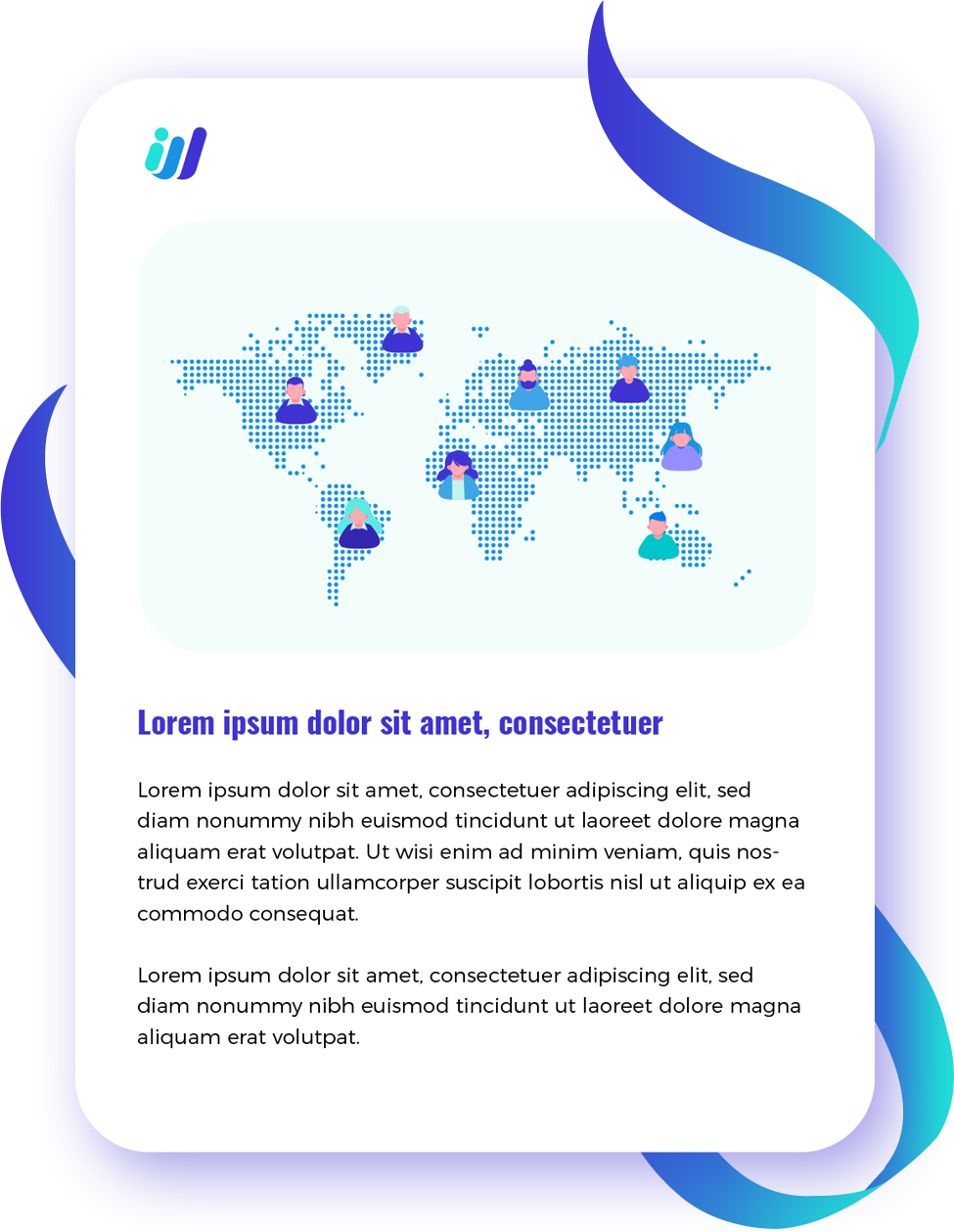Many businesses have found outsourcing to be an effective strategy for growth. Organizations can improve their productivity, reduce their operational costs, boost their revenues, and streamline their operations with it. By 2025, the outsourcing market is predicted to grow at a compound annual rate of 4%.
We collated the best tips from years of experience to bring you a simple, but complete guide to outsourcing best practices, strategies, and tools if you’re considering using a third-party service provider.
Outsourcing Best Practices
The process of outsourcing can be complex, especially for those who are just starting out. In spite of this, knowing the industry’s best practices and developments, trends, and statistics can help you navigate its complexities.
Outsourcing best practices include the following.
1. Identify your outsourcing goals as early as possible
Identify your goals before hiring an outsourcing company. How did you come to the decision to outsource? In what ways do you hope to achieve your outsourcing goals?
You can lay down your outsourcing objectives with the help of these questions. It is also essential that your outsourcing partner understands your goals. By providing them with a definitive list of goals, both of you will be on the same page.
2. Choosing the right outsourcing engagement model
Choose an outsourcing model based on your outsourcing goals, your budget, and the services you want to outsource. There are different functions provided by each outsourcing model.
With dedicated offshoring, for example, you can build a team that directly reports to you, but uses the provider’s infrastructure, overhead, and support offshore. You can save up to 70% on operational costs this way.
3. Choose the right outsourcing service provider
It is important to choose the right outsourcing service provider. Finding the right outsourcing partner can be facilitated by setting up a checklist of what you want and expect from them.
A company’s reputation, global presence, technical expertise, systems and processes, recruitment, and HR support are some factors to consider when choosing an outsourcing partner. Information like this can give you insight into your potential outsourcing partner’s quality of work.
4. Consider starting with a small team of one or two people
It may be wise to start with a team of one to two team members if this is your first time engaging a third-party service provider. We want to gain a credible understanding of the provider’s capabilities. You can gradually scale up your outsourcing partner’s responsibilities if you are satisfied with the results.
5. Communication needs to be clearly defined
Lack of communication is one of the reasons outsourcing efforts fail. Consequently, it is imperative that you communicate directly and regularly with your provider about the project’s progress, specific priorities, and other relevant issues.
Communication channels should be maximized, project management tools used, and periodic check-ins conducted with your outsourcing partner are some ways to maintain regular contact.
6. Ensure that the right training materials and tools are provided
Your outsourced service provider will be able to deliver results that meet your standards faster and more easily if all the necessary tools and materials are on hand before the project starts. You should keep in mind that your outsourced team may not be familiar with all aspects of your operations. They will be able to carry out the project more efficiently and effectively if they are provided with the proper training materials.
Outsourcing Collaboration Tools
To ensure your project’s progress, you and your outsourcing service provider can use a variety of outsourcing tools. Here are just a few of our favorites.
Microsoft Teams
The Microsoft Teams collaboration app makes it easy for team members to stay organized and communicate on any device. Your staff members or guests outside your organization can engage in immediate conversations using Microsoft Teams. Additionally, you can host meetings, make phone calls, and share files.
Jira
Software development teams benefit greatly from Jira’s collaboration platform. From the initial planning phase through to launching and releasing, this tool provides flexible project management. You can easily plan, monitor, and assess your outsourcing efforts with its features that support every stage of the software development process.
Freedcamp
The Freedcamp application streamlines workflows, tracks time, and identifies project issues for high-performance teams. In addition to its collaboration features, it allows you to set objectives and assign tasks and sub-tasks to team members with its innovative user interfaces.
Process Street
Besides offering chat and customer support, Process Street is an easy-to-use project management tool. You can automate tasks like scheduling and creating workflow assignments with this software that integrates with over 500 applications.
LiquidPlanner
Outsourced projects can be monitored with LiquidPlanner to ensure team members meet deadlines. An automatic schedule adapts to changes in the project plan in this project management solution. By aligning people, tasks, and priorities, the project advances on time.
Zoho Projects
Zoho Projects is an excellent choice for small and growing businesses looking for easy-to-use collaboration software. Using this cloud-based project management tool, you can track tasks and collaborate with your team. Documents can be viewed easily, feedback can be provided, and real-time collaboration can be accomplished.
Outsourcing Tips for Success
Knowing the best practices and tools for outsourcing is only the beginning. Make sure your outsourcing project is successful by keeping these outsourcing tips in mind.
1. Make sure you outsource the right functions
Outsourcing is not necessary for all business functions. Outsourcing is appropriate for certain tasks. Analyze your operations and identify areas where your company lacks expertise in order to decide which ones you should outsource. Among them are marketing, logistics, and customer service.
2. Quality should never be compromised
Outsourcing partners who are good go above and beyond what is expected of them. However, it helps to discuss your expectations with your provider before beginning the project.
The next step is to determine a provider’s quality standards. Before choosing a service provider, conduct a comparative analysis and research different options. If you want to outsource a project, you should enlist the help of a company with prior experience.
3. Establish milestones for the project
You will be able to achieve your business goals by setting and defining project milestones. You will be able to keep track of the tasks assigned to your offshore team by using these milestones.
Your milestones may include reaching your three-month revenue target for a recently launched mobile phone, for example.
4. Work closely with your outsourced team
Developing a collaborative relationship with your outsourcing partner can help them implement your project efficiently. The more engaged your employees are, the more productive and efficient your organization will be.
5. Manage the performance of your team
Feedback is an essential component of managing team performance. It is essential to keep your outsourced team informed about your assessment, regardless of whether they are meeting project goals or not. Make sure your comments are specific and constructive.
6. You should treat your offshore team like your onshore team
Management of outsourcing projects requires holding offshore teams to the same standards as onshore teams. Keeping excellent working relationships with your company’s managers will help them perform optimally.
Achieving Success with Outsourcing
In order to grow their business, small and medium-sized companies should consider outsourcing. You can ensure the success of your outsourcing efforts by following the best practices, tools, and tips provided by this simple (but complete!) outsourcing guide.
When done right, outsourcing sparks startup success, increases the chance for thriving, and clears the path toward sustainable and guaranteed growth. By outsourcing routine/non-core client tasks, you can focus more on these growth plans. Get in touch with an outsourcing company today – you will reap the benefits sooner than you think.
Let us help you find top talents in IT, technical support, digital marketing, and cloud services so you can leverage all the benefits of outsourcing in the new normal. Request a FREE copy of the e-book on Third Wave Outsourcing .



